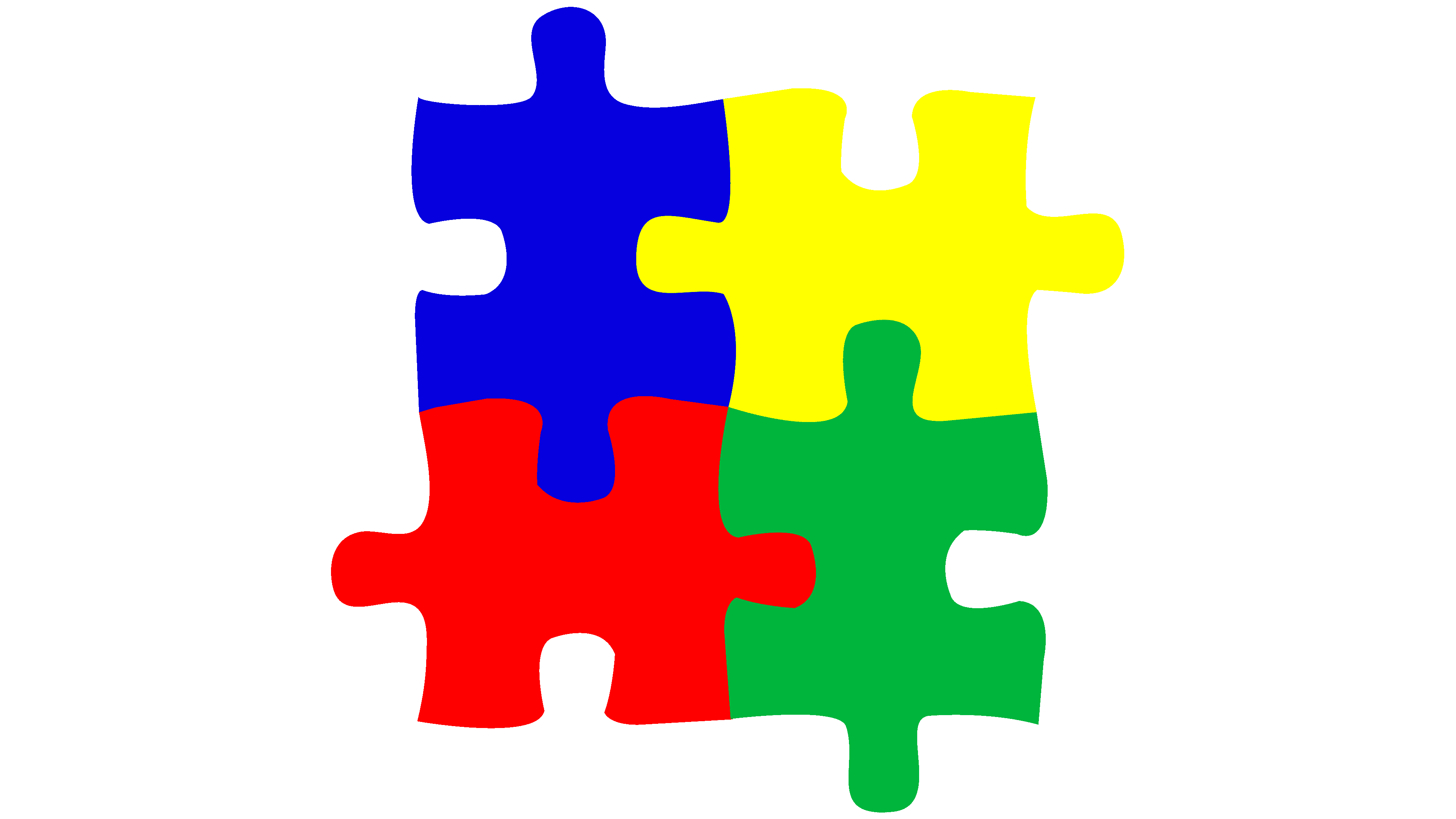The Duty of Education in Supporting Students with Autism: Best Practices
The Duty of Education in Supporting Students with Autism: Best Practices
Blog Article
Recognizing Autism: A Comprehensive Guide to Symptoms and indicators
Autism Spectrum Disorder (ASD) includes a wide variety of attributes that can significantly influence an individual's social communications and day-to-day functioning. Identifying the signs and indicators, such as difficulties with eye call, social communication troubles, and sensory sensitivities, is essential for very early intervention. Recognizing these nuances not only help caregivers and teachers in giving suitable assistance but additionally fosters a much more comprehensive environment for individuals with ASD. As we discover the complexities of autism, it ends up being important to think about just how these indicators manifest in different ways across the spectrum and what ramifications they hold for efficient treatment strategies.
Review of Autism Range Problem
Specifying Autism Range Problem (ASD) involves recognizing it as a complex neurodevelopmental condition characterized by a range of challenges in social communication, interaction, and behavioral patterns. The term "spectrum" reflects the broad variability in symptoms and their extent, which can vary considerably from one individual to another. ASD usually materializes in early childhood, although some individuals may not obtain a medical diagnosis till later on in life.
Aspects influencing the advancement of ASD include environmental factors and hereditary tendencies, although the precise causes continue to be under examination. Diagnosis frequently depends on behavior evaluations, as there are no definitive clinical examinations for ASD. Early intervention is crucial and can significantly boost results, focusing on boosting communication abilities, social communications, and adaptive actions.
People with ASD may additionally display unique toughness, such as outstanding interest to information or specific locations of expertise. Recognizing the multifaceted nature of ASD is crucial for promoting an inclusive atmosphere that accommodates neurodiversity. Proceeded research is crucial for creating efficient treatments and support systems, making it possible for individuals with ASD to prosper and fulfill their possible within society.
Typical Indicators of Autism
Identifying the typical indicators of Autism Spectrum Condition (ASD) is vital for early recognition and treatment. These indications can differ widely in seriousness and presentation, yet certain qualities are regularly observed in individuals with ASD.
One of the most prevalent signs is a marked problem in developing and keeping eye contact. Individuals might also exhibit limited interest in social interactions and show a preference for singular play.
Sensory level of sensitivities are likewise typical; individuals may underreact or overreact to sensory stimuli, such as sounds, lights, or textures. autism. Language growth can be irregular, with some kids displaying postponed speech or utilizing language in unusual ways, consisting of echolalia-- duplicating sentences or phrases heard in other places
It is important to keep in mind that not every person with ASD will certainly show all these signs, and the level of these actions can differ considerably. Early recognition permits for timely support and sources, improving the lifestyle for those on the spectrum.
Social Interaction Difficulties
Social communication obstacles are a characteristic of Autism Spectrum Problem (ASD), affecting an individual's capacity to engage efficiently with others. These difficulties can show up in different means, consisting of challenges in launching and preserving discussions, comprehending social cues, and reacting appropriately in social communications.
Individuals with ASD might deal with nonverbal communication, such as eye get in touch with, facial expressions, and body movement. This can lead to misconceptions, as their communicative intent may not be properly interpreted by others. Furthermore, they might locate it tough to understand the subtleties of tone and context, which are important for reliable communication.
In group setups, individuals with ASD may really feel overloaded and may not understand how to join in discussions (autism). They might likewise show irregular conversational patterns, such as monologuing about certain interests without acknowledging social reciprocity
In addition, these challenges can result in social isolation or troubles in forming connections, as peers might misunderstand their actions or communication style. Comprehending these social interaction obstacles is essential for promoting encouraging settings that promote social skills advancement and improve the top quality of interactions for individuals on the autism spectrum.
Sensory Actions and level of sensitivities
Several individuals with Autism Spectrum Disorder (ASD) experience heightened sensory sensitivities that can dramatically influence their daily lives. These sensitivities might manifest as over-responsiveness or under-responsiveness to sensory stimulations, consisting of audios, lights, appearances, preferences, and scents. A person with ASD may find everyday noises, such as a vacuum cleanser or crowded settings, extremely stressful, leading to stress and anxiety or meltdowns. Conversely, some might show an indifference to pain or severe temperatures, which can pose safety and security problems.
Sensory processing distinctions in individuals with ASD can also affect their capability to take part in social communications and routine tasks. A kid that is sensitive to touch might resist physical love or stay clear of specific apparel materials. Alternatively, a choice for certain structures or preferences can limit nutritional options and develop challenges throughout mealtimes.
Understanding these sensory sensitivities is necessary for recognizing the unique experiences of individuals with ASD. Understanding of their sensory accounts can cultivate far better communication and support methods, developing an environment that fits their requirements and improves their top quality of life. Inevitably, recognizing sensory level of sensitivities is a vital element of understanding the wider range of autism.

Sustaining Individuals With Autism
Efficient assistance for people with Autism Spectrum Condition (ASD) is crucial for improving their total well-being and promoting freedom. Assistance methods should be tailored to satisfy the one-of-a-kind needs of each individual, considering their learn this here now challenges and strengths.

Social abilities training can additionally play a critical function. autism. Involving people in team tasks or role-playing scenarios can improve their capability to browse social communications. In addition, it is important to educate member of the family, caretakers, and peers about ASD to foster a helpful and inclusive neighborhood
Final Thought
By promoting enhanced communication and social abilities, individuals with autism can navigate their environments extra effectively. Ultimately, increased recognition and support can significantly boost the high quality of life for those affected by ASD.
Autism Range Condition (ASD) encompasses a vast variety of characteristics that this page can dramatically impact a person's social interactions and day-to-day functioning.People with ASD may struggle with nonverbal interaction, such as eye contact, face expressions, and body language.Numerous people with Autism Spectrum Problem (ASD) experience heightened sensory level of sensitivities that can considerably affect their daily lives.Sensory processing distinctions in individuals with ASD can additionally impact their capacity to engage in regular activities and social communications.Understanding these sensory level of sensitivities is essential for acknowledging the special experiences of individuals with ASD.
Report this page